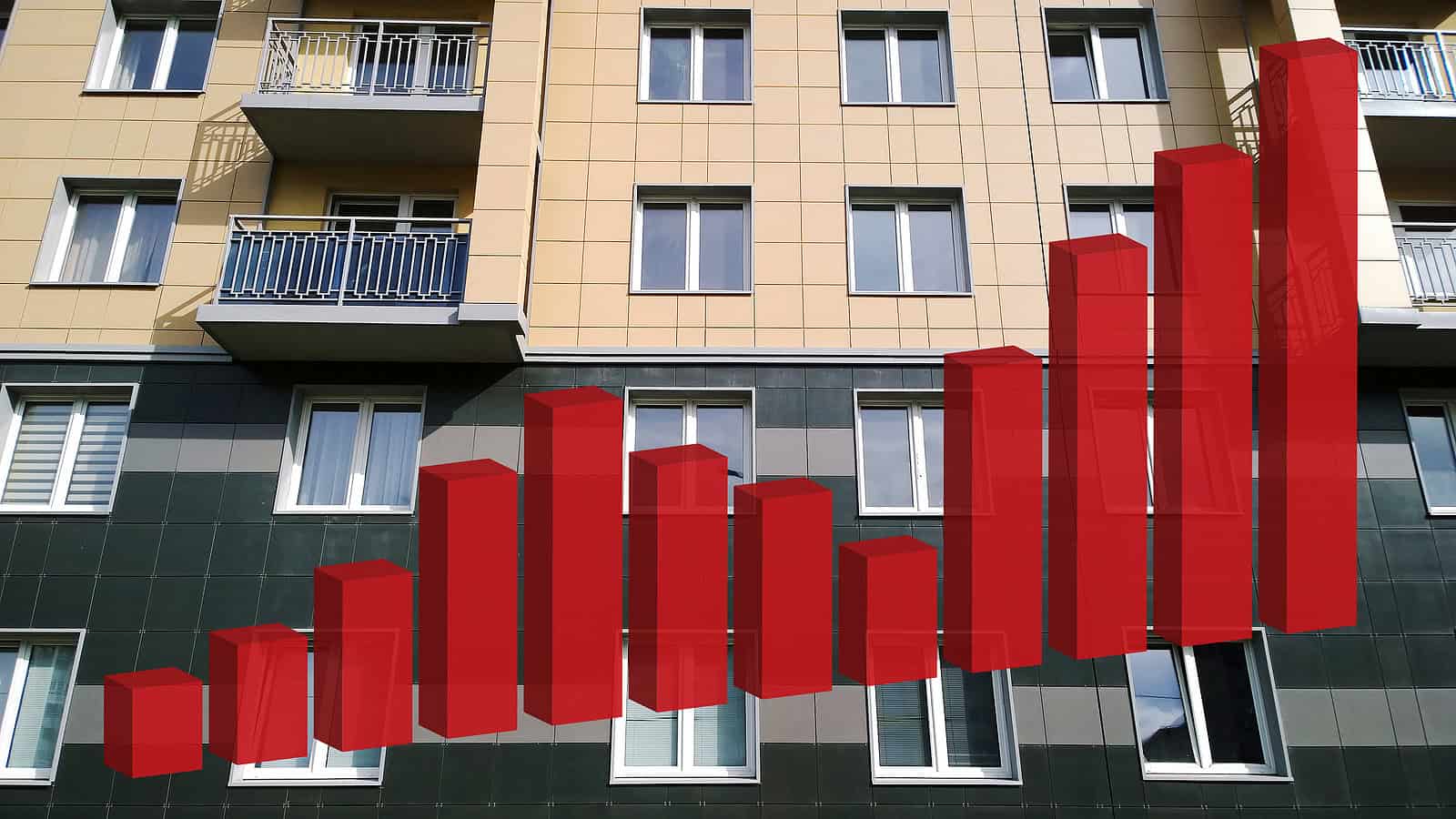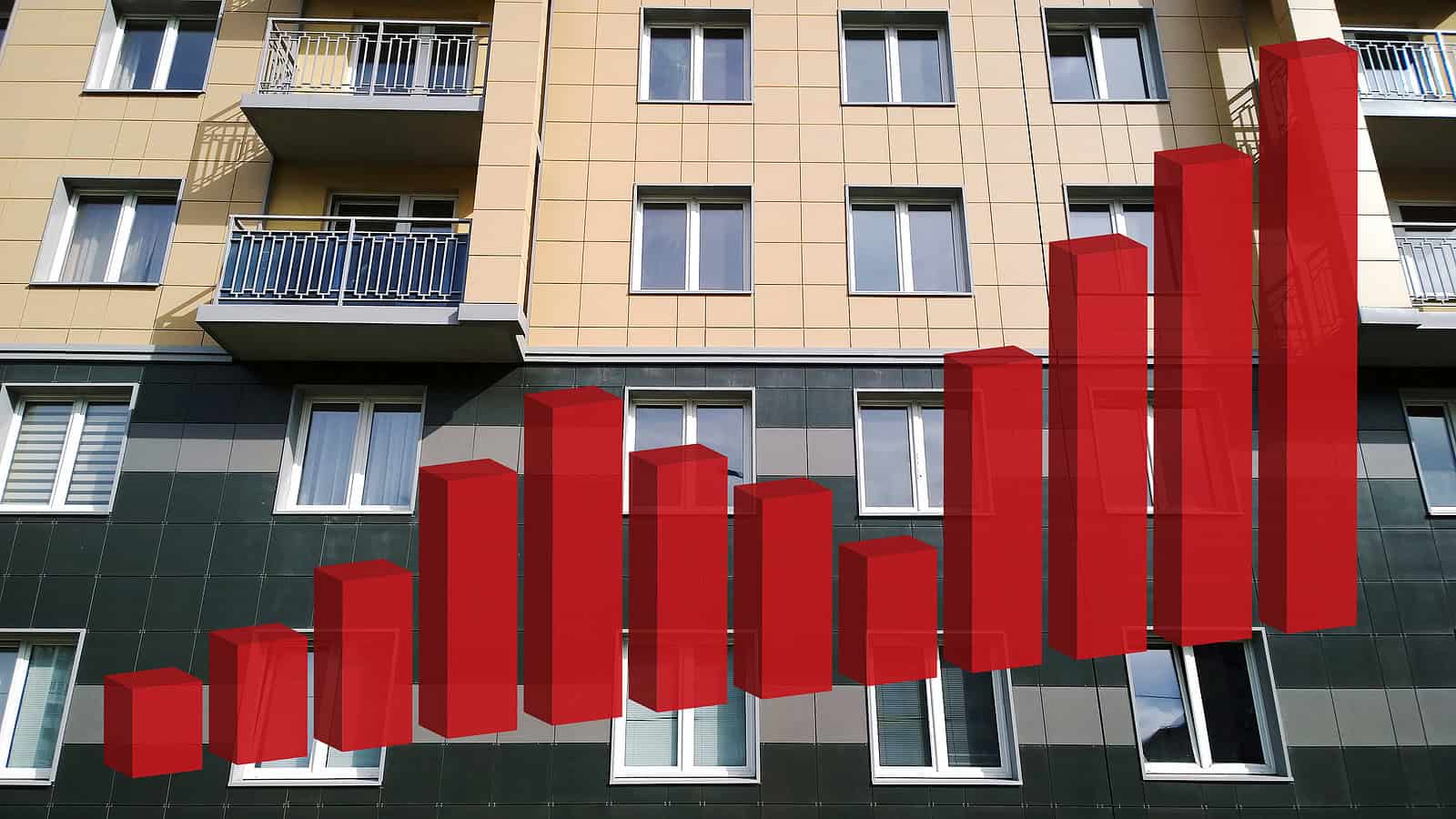Looking Back to Add Historical Context to 2023
2023 has been a challenging year for the multifamily industry, and Greater Fort Worth has not been immune. With the year coming to a close, now makes for a great time to evaluate where the market stands ten months into the year and where the current moment stacks up relative to past years. In this case, taking the opportunity to zoom out further than the usual quarterly or three-year windows and rather going back all the way to the Great Recession years.
All numbers will refer to conventional properties of at least 50 units.
New Supply
While this year has not been a banner year for apartment demand across Greater Fort Worth, this year’s net absorption of around 2,000 units through October is at least a stone’s throw from years like 2014, 2016, and 2018 – and better than in both 2017 and 2022. What has pressured average occupancy and rent growth has been new supply.
The approximately 8,600 new units delivered across the market through October have been the most new units introduced in that portion of the calendar in more than fifteen years. The closest would be about 6,500 new units in 2020. Going back more than fifteen years, more than 7,300 units were brought online through the first ten months of 2007.
During the Great Recession and in the recovery years afterward, new construction activity understandably fell from the 2007 peak. From 2008 through 2017, deliveries through October were below 5,000 units. In the six years since, only 2019 fell below that threshold. As a result, not only has new supply been very high this year, but that supply has come on the heels of prolonged elevated deliveries.
Average Occupancy
As would be expected with new supply much higher than normal and with apartment demand on the lower end historical averages – average occupancy has faced significant pressure this year. Not only has the 2.9% decline through October been the largest of any year for that period since 2007, the margin has not been particularly close. Unfortunately, the second worst performance in that period was last year’s 1.8% decline. Aside from that, you have to go all the way back to 2008 and its 1.2% decline.
The issue this year has not only been the decline, but where average occupancy has finished up. As mentioned, last year’s occupancy fall had been the largest in years before this year. As a result, the area came into 2023 without the same margin that 2022 benefitted from. Average occupancy closed October just shy of 88%. Only the October 2008 average was lower, and by about 100 basis points.
From October 2022 through March 2023, average occupancy fell every month beginning with a 0.5% decline in October. In half of those six months, the decline was 0.5% or more. This October average occupancy declined once again by 0.5%, making it the first month to hit that threshold since March.
Average Effective Rent for New Leases
Average effective rent growth was negative through October by 0.2%. The loss was about as slim as could be but was the first decline at this point in the calendar since the 2009 backward move of 1.2%. Aside from those two years, no other year of the last fifteen saw average effective rent growth fall below even 2% for this portion of the calendar.
Six of the last twelve months have featured negative average effective rent growth. The most recent period of similarly consistent rent growth declines was the twelve months from February of 2009 through January of 2010. In that period, the market saw monthly rent declines eight times. It should also be noted that the total decline in that period was triple that of the most recent twelve months.
The fact that average effective rent has declined for three consecutive months, and that the declines have gotten larger each month, is one indication pointing to the likelihood of further declines to finish the year. The last year with an annual average effective rent loss was 2009 with a 1.6% dip. This year may well unseat 2009.
Takeaways
There is no way around it, 2023 has been a tough year for Greater Fort Worth multifamily. For the first time since 2009 average effective rent growth for the year had already turned negative by the end of October. Similarly, average occupancy finished the month at its lowest point since early 2010 in the face of new supply pressure not seen in a decade and a half.
However, not all is negative. Unlike many markets around the country, apartment demand has not been a major culprit in Greater Fort Worth’s struggles. It is true that this year’s net absorption has been on the low end of the historical range, but other markets in the state such as San Antonio have suffered a net loss of leased units this year. Demand has not been up to the task of meeting new supply, but there has been improvement over last year, nonetheless. Hopefully, another step in the right direction will come in 2024.
Jordan Brooks
Senior Market Analyst – ALN Apartment Data
Jordan@alndata.com
www.alndata.com
Jordan Brooks is a Senior Market Analyst at ALN Apartment Data. In addition to speaking at affiliates around the country, Jordan writes ALN’s monthly newsletter analyzing various aspects of industry performance and contributes monthly to multiple multifamily publications. He earned a master’s degree from the University of Texas at Dallas in Business Analytics.


